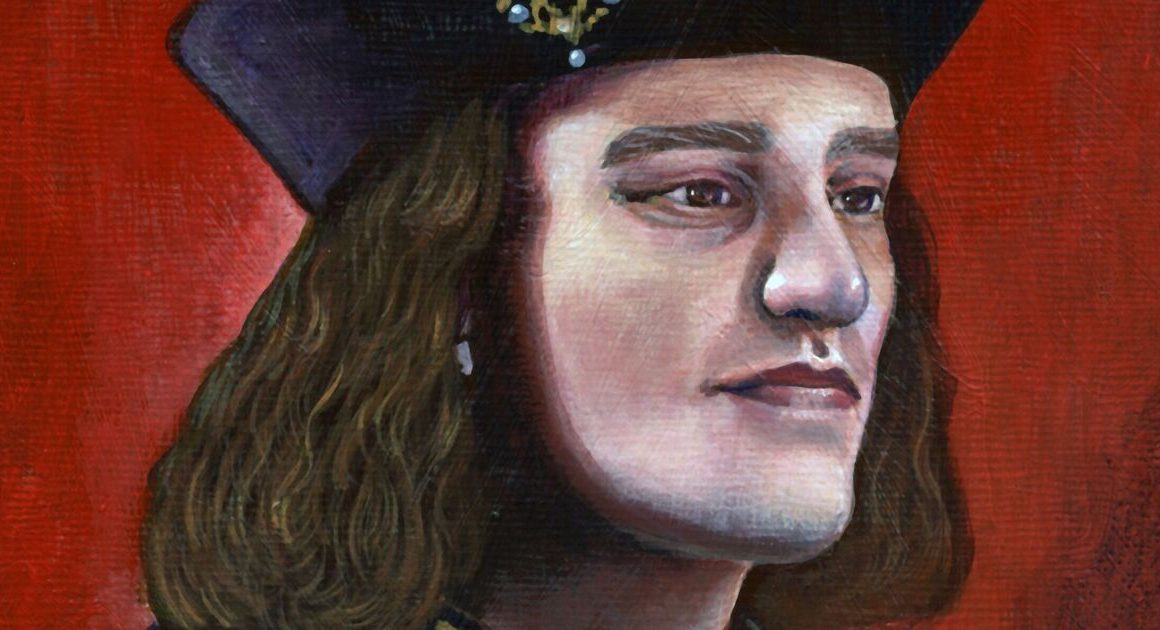As It Happens6:57How this ‘early warrior’ of climate change reporting helped change the media landscape
Peter Dykstra was covering climate change back when it was barely a blip on the news radar, says his longtime friend and colleague.
“He was an early warrior at the pointy end of the spear on climate,” Miles O’Brien, science and environmental correspondent for PBS, told As It Happens host Nil Koksal.
Dykstra died on July 31 in a hospital in Atlanta from respiratory failure, caused by complications of pneumonia, his family told the New York Times. He was 67.
His friends and colleagues remember him as a man with an encyclopaedic knowledge of facts, an indefatigable sense of humour, a deep passion for baseball and, above all, an unwavering mission to make the world aware of the dangers of a warming planet.
Fighting for truth over balance
O’Brien says he knew Dykstra for about 36 years, including nearly two decades working together at CNN.
Dykstra joined CNN as an environmental reporter in 1991, and eventually became the executive producer of science, technology and weather. He remained in that role until 2008, when his entire unit was let go due to cutbacks.
During those 17 years, O’Brien says Dykstra advocated for climate stories, even when network executives bristled at the idea of covering what then appeared to be a distant threat.
“I do think he moved the needle,” O’Brien said.

He remembers working with Dykstra on a documentary about climate change in the early ’90s, and having to push back when the network insisted they give equal space to climate deniers and climate scientists.
Their bosses saw it as balance, but Dysktra saw it as a false equivalency. It’s an argument he would chip away over the course of his career, O’Brien said.
“This idea of equating climate denialism with science is no longer in play,” O’Brien said. “That’s, in large part, thanks to him.”
A spokesperson for CNN did not respond to multiple requests for comment.
According to his obituary, published in the Atlanta Constitution-Journal, Dykstra was born in Hasbrouck Heights, N.J., and leaves behind a brother, wife, son, daughter and several nieces and nephews.
Before he joined CNN, he spent 13 years with the environmental advocacy group Greenpeace — first as a volunteer, and later as the U.S. media director.
He won several awards for his journalism, including a 1993 Emmy for his coverage of flooding in the Mississippi River, a shared 2004 Dupont-Columbia Award for coverage of the Indian Ocean Tsunami and a 2005 George Foster Peabody for coverage of Hurricane Katrina and its aftermath.
After CNN, he became the publisher of Environmental Health News (EHN) and The Daily Climate, non-profit news websites that combine original journalism with aggregated reporting from other media outlets.
Brian Bienkowski, EHN’s senior editor, says Dykstra continued his mission of bringing climate coverage to the masses by forging alliances with other newsrooms, and always putting the work above personal glory.
“He was a big proponent of collaborations and thinking, you know, the more people we get talking about these subjects, the better. The snowball gets a little bigger and climate coverage reaches, you know, the New York Times and the Washington Post and stuff, in a more meaningful way,” Bienkowski said.
“I don’t ever remember Peter wanting credit for anything.”
A legendary sense of humour
Bienkowski, who wrote a tribute about Dykstra for EHN, says the thing he remembers most about his longtime friend and mentor was his incredible sense of humour.
“He laughed at himself and laughed at others,” Bienkowski told CBC. “I think that ability to kind of do very serious work … while still maintaining a sense of humour is definitely what I think I will take from him most.”
O’Brien says Dykstra was legendary at CNN for his wit.
“He was a wise-ass in a very good sense,” he said. “He could make all of us laugh. He could make the entire CNN morning editorial call — you know, hundreds of people on several continents on a conference call — he could make them all laugh. We’d be in stitches.”

Dykstra’s friends say he never lost his humour, even in the darkest moments, including when a sudden spinal infection left him paralyzed from the waist down in 2017.
It was around the same time that O’Brien lost an arm in a workplace accident.
“I think we taught each other some lessons about resilience. But he, in particular, given his situation, was a great inspiration to me,” O’Brien said. “He just never let it slow down his mission in life. It never dampened his humour. It never changed the way we interacted.”
His life’s other passion
Dykstra’s health continued to deteriorate after his paralysis, and he stepped down from his leadership role at EHN. But he continued to contribute columns and articles.
In a role reversal, Bienkowski found himself editing his former boss. As a mentor, he says, Dykstra was amazing. But as a columnist, he was a nightmare — filing late on a Friday, usually in the form of a Microsoft Word document somehow formatted as a spreadsheet.
“Most of my younger reporters will Slack me, will text me. Of course, Peter wanted to talk on the phone, and talk at length, about anything he was working on,” Bienkowski said.
“These are things, at the time, when you’re on deadline, that are frustrating, and things that, when you lose your friend, are incredibly sad.”
Two weeks before Dykstra died, Bienkowski was talking to him about one of his columns. Dykstra had recently suffered nerve damage to his face, the result of a recent surgery, and it was affecting his speech.
“He was joking to me about the way he sounded, about his face. And of course, I was horrified. I mean, it sounded traumatic and on top of everything else he was dealing with, but he was kind of teasing himself,” Bienkowski said.
He also wouldn’t let Bienkowski go without chit-chatting about baseball — his life’s other great passion.
Not only did he love the game, says O’Brien, but it was a fundamental component of his personality.
Asked where he thought Dykstra got his passion from, O’Brien instantly quipped: “As a kid growing up in New Jersey who rooted for the Red Sox!”
“He’s one of these contrarians. He had a way of looking at the world … that most people don’t. And I think he saw the environmental degradation all around him, and as a result, took action upon it,” O’Brien said.
“He had this incredible ability to fill his brain with facts … and a lot of baseball fans are, statistically, brilliant.”









